

Ben Zachariah
2026 Toyota HiLux review: Quick drive
4 Days Ago

Senior Road Tester
At one stage, Klaus Busse didn’t know if he’d have a job from day-today while working for Chrysler in the U.S, but then he landed a dream job at Maserati in Italy after receiving a call from the late, great Sergio Marchionne.
Klaus sat down with CarExpert exclusively at the recent launch of the new-generation GranTurismo in Rome, where he spoke about his wonderfully varied career so far, culminating in the stunning MC20 supercar and equally exquisite GranTurismo.
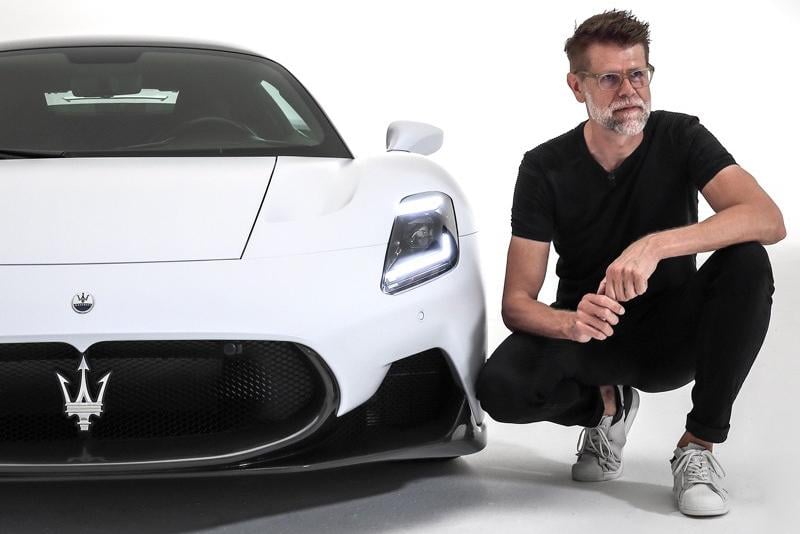
KB: Interestingly, I studied design at the Transport school in Coventry in England, where my degree project was a four-seat Bugatti Coupe and Mercedes happened to be kicking off the Maybach project, so they thought I would be perfectly placed for this job.
While I didn’t end up doing the Maybach, I did do some work on it which was fascinating nonetheless. Fast forward 10 years and I had become the manager of one of only two design teams at Mercedes-Benz, which had become Daimler-Chrysler, which was also looking to fill a management exchange program in the US.
At that time I was working on the new Mercedes-Benz SL, which unusually for Mercedes got cancelled. So, suddenly from working on a dream project and being responsible for the next-gen SL, I decided to go to the US in 2005.
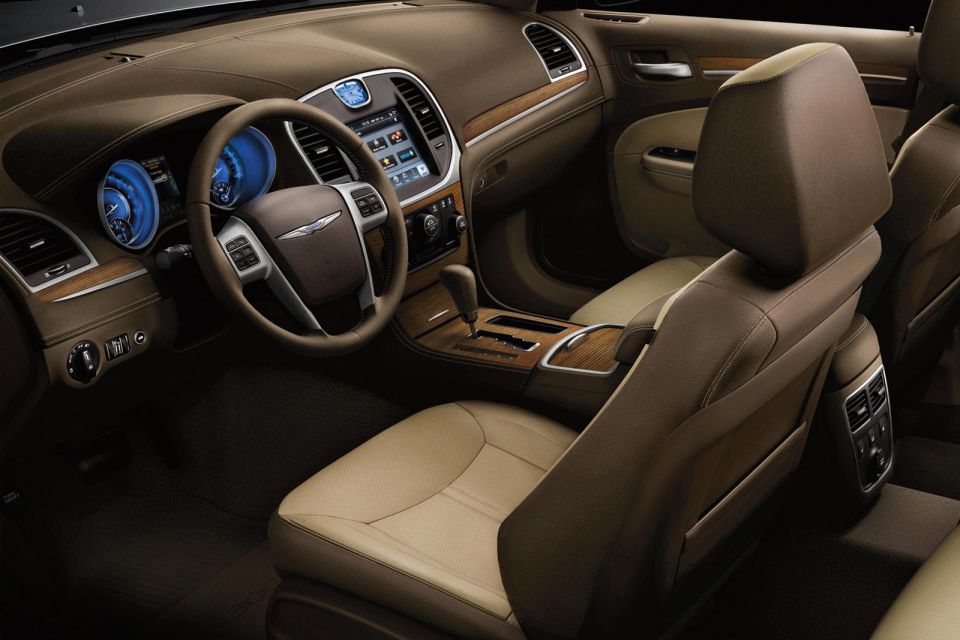
Three years later Mercedes sold Chrysler and I decided to stay on the Chrysler side because at that time I was responsible for the interiors of the entire group including the new Ram truck, new Grand Cherokee and Chrysler 300 – all these new models that would go on to help the Chrysler Group emerge from bankruptcy, and I wanted to see it through.
Also, by that time, I was addicted to the American way of life and the approach to teamwork. So I stayed on board and we launched all these great products. But then in 2008 we were bankrupt and I didn’t know whether I would still have a job and would have to leave the country within two weeks
In hindsight, it was the best experience I’ve ever had in terms of working at an executive level, because if for six months you don’t know if you’ve got a job, you learn to work under pressure and don’t scare easily.
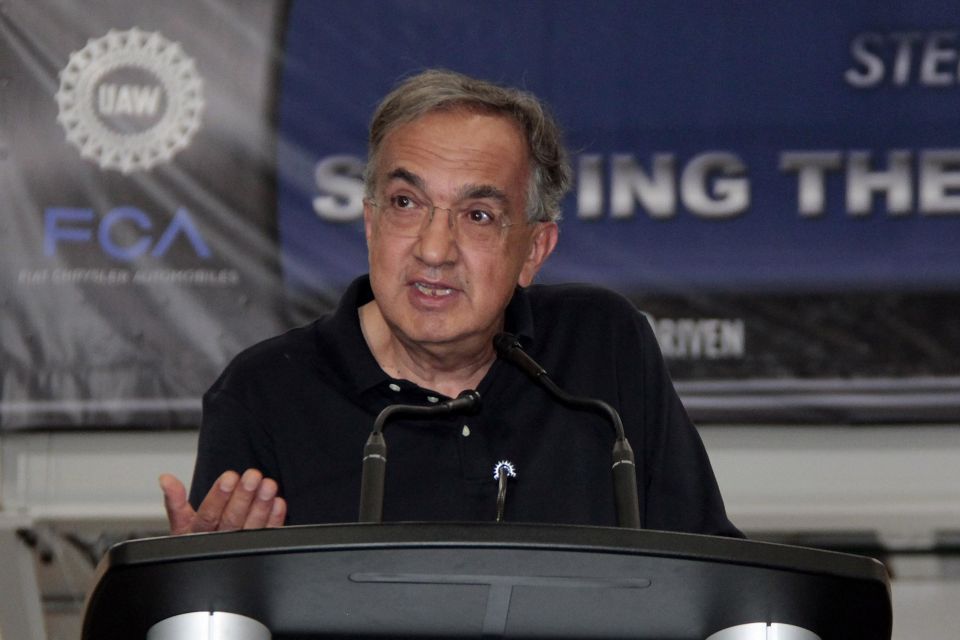
So you’ve been through all these different scenarios in your head which allowed me to work really well with strong CEOs, because I never feared them, but I respected them. That allowed me to interact with them in a way they actually liked.
But then in 2015 having survived so far, Mr Marchionne asked me to move to Italy as part of the Fiat-Chrysler group and take care of European design.
So, at the end of the day, I’ve worked in four countries, lived on two continents but always with the same company in some respects. But, you know, even though I was really happy working in the US, I’d made it known through the HR system that at any time if I could help with Maserati, I would be honoured.

For me Maserati has the coolest logo and the coolest name in the industry. I became interested in the automotive world in the 80s when you had the Countach and the Testarossa, but you also had the Maserati Biturbos, namely the Shamal.
While it wasn’t the most glamorous era for Maserati, certainly not on the reliability side, these cars had some Italian badass perception about them, especially the more powerful Shamal.
When you look at Maserati and when I chat to people on social media, the brand means different things to people. So, is Maserati the elegant world of the 3500 GT, is it the original two-door Ghibli Coupe and Spyder, or is it the Shamal that endears you to the brand?
For me, personally, Maserati is like the rock band Queen. They were generational. Maserati can be so many different things to people. It’s one of the very few brands where you can sit 10 people in a room and ask them what they see when they think of Maserati, you’ll likely get 10 different answers.

First of all Maserati was born from pure racing, and that kind of spirit, to be the best in that moment. When you want to win you cannot be romantic or sentimental about the past. You need to do the best in that moment with what you have. And, that’s very much the history of Italian design.
When Marcello Gandini had a very strong opinion about the next-generation Countach, it was not that Mitja Borkert at Lamborghini had done a bad job, but Gandini was upset because he said he had done the best he could at that time, which by definition cannot be repeated.
In the 60s and 70s there was so much disruption in terms of style with Italian car brands, which sparks plenty of debate as to whether it was always the right commercial direction. If you completely cut your ties from one generation to the next generation of the car, then it’s a bit of a rollercoaster for the purchasing public.

While the Germans are very vertical with design and one car is always an evolution of the previous model and they always show you the ten prior models whenever they launch a new car, Italian design, especially of that era was very horizontal – jumping from left to right and back again.
I think we are a little more triangular today. While we do evolve from one generation to the next, but not to the extent of doing something completely different every time.
Take the GranTurismo or even the MC20. When you think about the idea of GranTurismo, which in the past was more or less taking a race car and making it road legal as was the case with the Maserati A6 GCS [a beautiful example] where you have this extremely low air intake and bonnet, which was basically a Formula One fuselage car at the time.

But to make it road legal you need to cover the wheels and add lights – and they did that in the same volume. So, the way we construct our cars today is inspired by that. It’s not retro or even an influence but its respecting the construction philosophy.
What it allows us to do is to create a sculpture like the front of the GranTurismo and MC20 that is not dependent on decorative features or lines – which actually look similar when you look at the sloping bonnet and those front guards – both of which we have amplified for purity and an emotional response.
I’m absolutely not offended by the question because these things don’t happen by mistake, they are very deliberate.
If we go back three-to-five decades ago, the second Gran Turismo most likely had nothing to do with the first-generation car. But let me use Jeep for a moment as an example before we come back to Maserati.
You have Jeep but then you have Wrangler – the absolute brand-defining vehicle that barely seems to change with each generation. Even though every panel changes from one gen to the next – it’s about perfecting the very core of the brand.
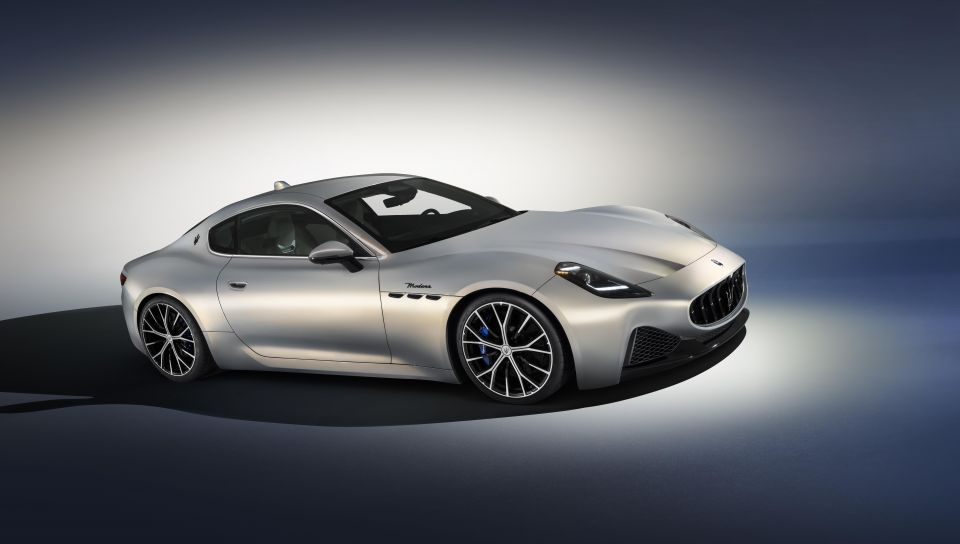
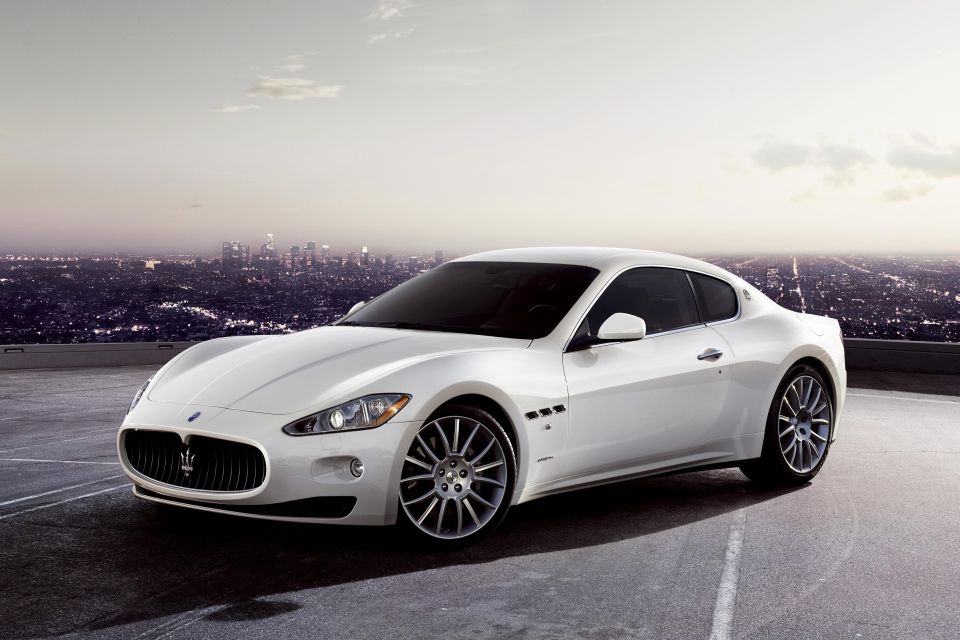
Porsche with the 911. Sometimes the steps are little bit more noticeable because of the volumes but it’s the pursuit of perfection.
Now back to the GranTurismo. This is only our second generation but for me as a designer this is without doubt the brand-defining car for Maserati.
Now, while the MC20 is clearly our flagship car, it doesn’t have the history behind it, given the Maserati Bora was the last mid-engine car we did as a production series model.
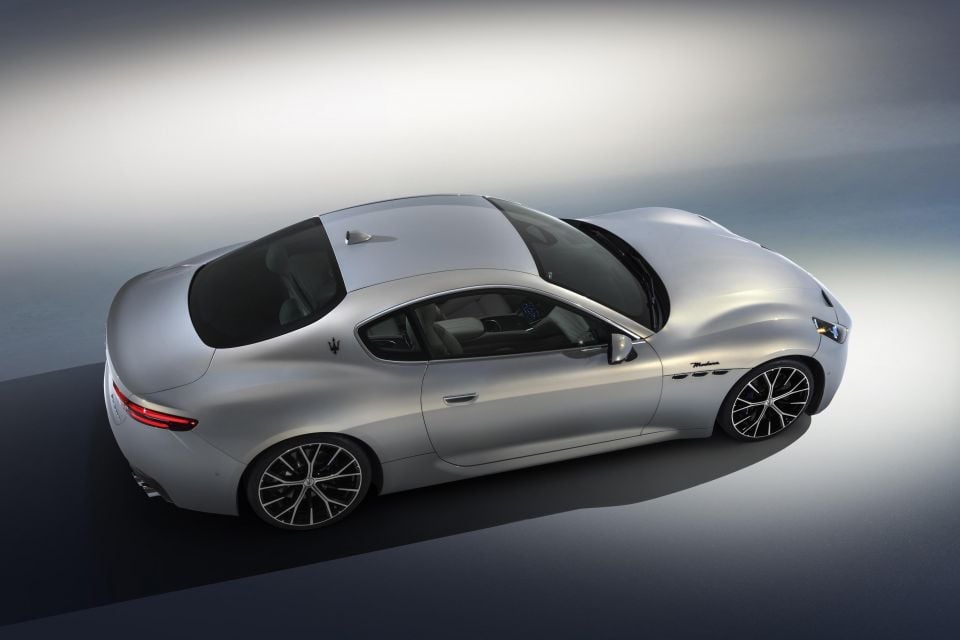
So, the fact we are generally thought to have coined the term GranTurismo and have a model called the GranTurismo really does make it the brand-defining car for us – much like the 911 for Porsche and the Wrangler for Jeep.
In that respect, we deliberately said we are going to take the GranTurismo and perfect it. While we barely grew the car’s dimensions from the outside we have managed to grow the boot space by 100 litres, more space for four adults, plus we’ve added all-wheel drive.
It’s therefore a dramatic leap forward in terms of space packaging alone, but then on the outside there are no carry-over panels and it’s a lighter car.
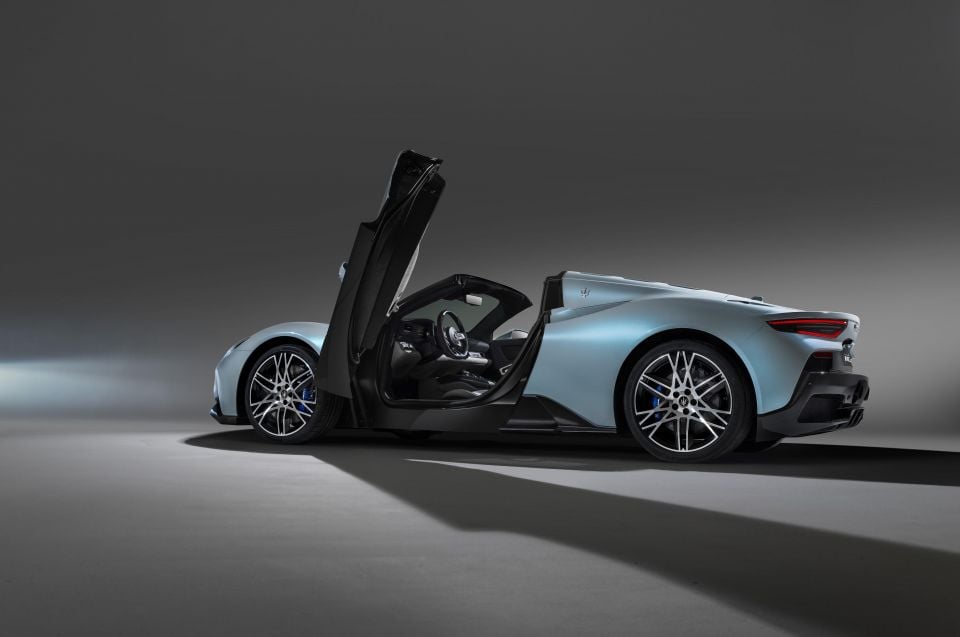
There are a few reasons I can give you, but importantly, at 6’7” I am able to wear a helmet, whereas I can barely fit in a Huracan without a helmet. I always tell the story that with every car I’ve been responsible for (interiors) – Mercedes-Benz SLK 2, Viper gen-five and MC20 – I had enough room to wear a helmet inside.
The reality is the engineers wanted that height for the prefect flow of the aero because the car is free of any wing or active aero, but we still needed to nail the line point.
And, again, if we take the cabin. The MC20 is a formidable tool on the track but it’s even more surprising off the track. It’s easy to get in and just drive. It’s not intimidating like some super-sports cars and cabin space is again well thought out so you don’t feel overly cocooned and longer trips are not a problem in this car.
The MC20 is not a track-only car, for that we will have other products like the Project 24 – a limited track-only Maserati MC20, which takes the gloves off.
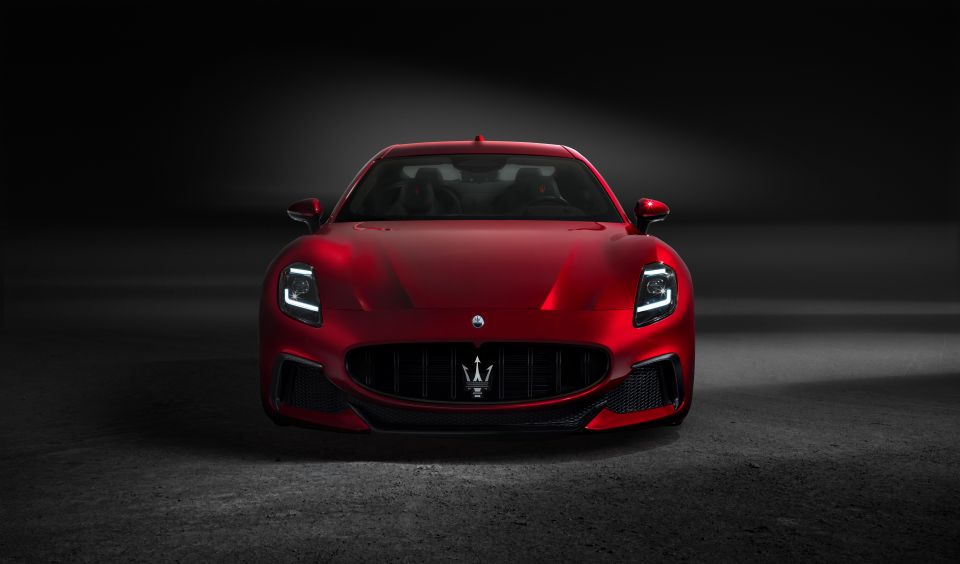
We’re also doing a GT2 version of the MC20. I’ve already posted this sketch on Instagram, and as you can see, we have the slots for cooling over the front guards because this will be a customer racing car.
We get the feeling that Klaus was dying to tell us there might be road version of this GT2 race car – a more focused MC20 for those willing to pay more for less.
Where expert car reviews meet expert car buying – CarExpert gives you trusted advice, personalised service and real savings on your next new car.
Anthony Crawford is a CarExpert co-founder and senior presenter with 20+years in automotive journalism and content creation.


Ben Zachariah
4 Days Ago
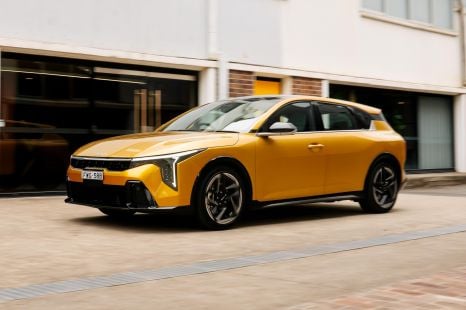

James Wong
3 Days Ago
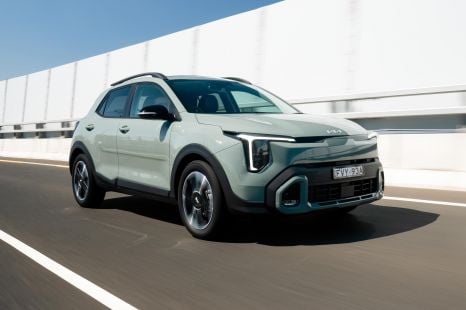

James Wong
3 Days Ago
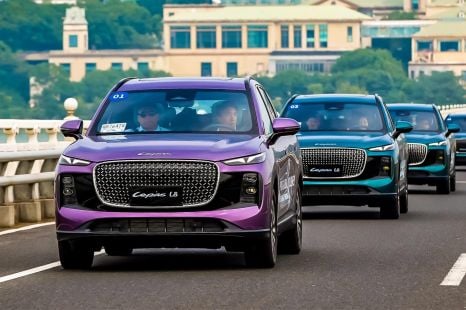

Andrew Maclean
3 Days Ago
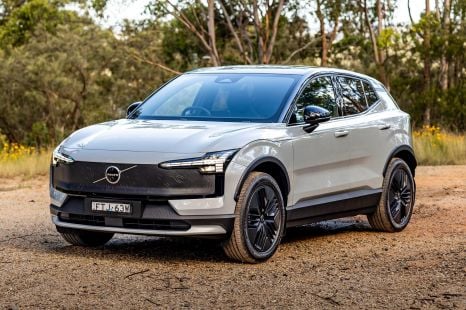

Matt Campbell
2 Days Ago
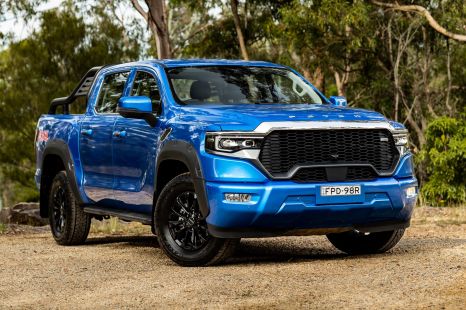

Matt Campbell
14 Hours Ago